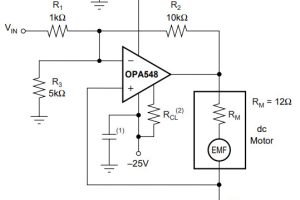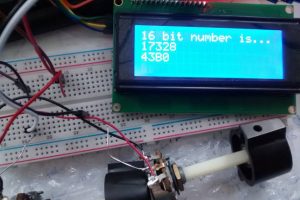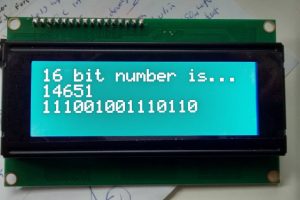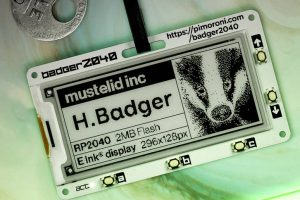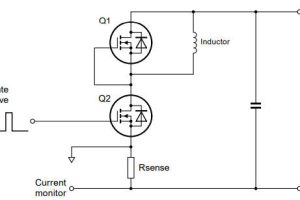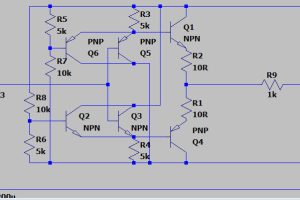I have had several goes at understanding a motor controller in a particular Burr Brown (now TI) application note. It is once again a compensated circuit (now a monomania here) – supposed to allow for the motor’s internal resistance to get constant speed operation – or close to it – regardless of speed. However, despite much scribbling and many sheets ...
Part3: An easy way to manually set a 16bit number in an Arduino
My idea for manually setting a 16bit number using two potentiometers worked technically, but was not the brilliant method I had vaingloriously imagined 🙁 In summary, a keypad would be quicker to use, but this is simple to implement Not in summary, read on…. Note: scroll down if you want to look at the test code. Setting a 16bit binary ...
Part2: An easy way to manually set a 16bit number in an Arduino
I cannot get over how easy it is to get code running on an Arduino, allowing me to write the code to try to connect to a 20 character x 4 line LCD (wearing an I2C-to-parallel ‘backpack). Update: Part3 is here (don’t get too excited..) This is all part of my personal challenge to quickly and accurately manually set 16bit numbers ...
E Ink display and Raspberry Pi MCU on one board
Pimoroni, that stalwart of Sheffield, has combined an E Ink display with a Raspberry Pi RP2040 microcontroller to make a small Python-aware development-demo board. Called Badger 2040, the 2.9in display has 296 x 128 pixels and, being E Ink, retains its image indefinitely after power is removed. Also on there is 2Mbyte of QSPI flash, five front user buttons, rear ...
One I missed: multi-voltage IO in 8bit AVRs
Once again I find that I have had my head in the sand, missing out on the multi-voltage IO that Microchip introduced with its ‘DB’ range of AVR microcontrollers in 2020. The DB comes from the part number, for example: AVR128DB64, where the 128 here is the flash size (the choice is 32, 64 or 128kbyte) and ’64’ is the ...
App note on half-bridge emc tells you more than just that
Nexperia’s app note ‘AN90011 Half-bridge mosfet switching and its impact on emc’ includes a lot of valuable background information, such as how and why to perform double pulse testing, how to set-up a simulation and tips on layout. Well worth a look as it is an easy read for such a technical subject. Hats off to whoever wrote AN90011, which can be ...
Traditional buffer circuit gets fast amplitude limiting for pulse generator output
For a long time, I have thought that pulse generator outputs should not have adjustable amplitude and offset. Instead, they should have an adjustable top value and a separately adjustable bottom value: 5V and 0V, for example. The other day, I thought of a way to modify a conventional ‘diamond buffer’ (circuit above) to produce just that effect. I realise ...
An easy way to manually set a 16bit number in an Arduino
I have been pondering how to quickly and accurately manually set up a 16bit binary number in an Arduino (or other microcontroller). This problem has arisen since my (mostly) lovely FY6900 DDS signal generator has stopped working and I need a source of crystal-controlled square waves (or to fix it, but the easy stuff has been eliminated). With some of ...
Nice on-line source of differential amplifier information
Someone has posted an excellent description of how differential pairs work – both bipolar and jfet. It seems to be the 11th chapter of a book, so I hope no one has had their copyright broken (a few minutes of web searching here did not reveal from which book it comes). Anyhow, it is here, on the website of the Universiti ...
Be careful with low-cost ‘500W spindles’ for CNCs
A popular upgrade for the lowest cost ‘3018’ desktop CNC machines and their close relatives is a ‘500W spindle’ or ‘300W spindle’ for about £80. These consist of a brushed dc motor and a mains power supply. What not many people realise is that some (not all) of the power supplies that are supplied with such spindle motors are not ...
 Electronics Weekly Electronics Design & Components Tech News
Electronics Weekly Electronics Design & Components Tech News

